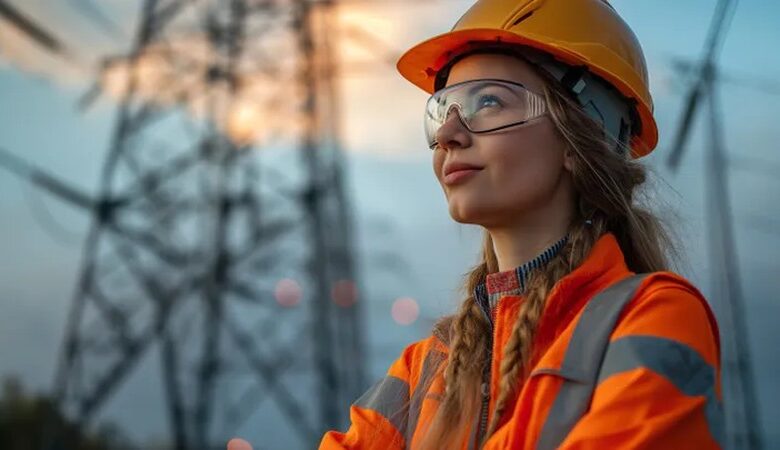Why The One-Size-Fits-All Approach To Workwear Is Making Many Women Uncomfortable

While women are employed in almost every industry imaginable nowadays – even those historically linked exclusively to men – their options for suitable, fit-for-purpose PPE, sadly still has a long way to go.
Women working on construction sites face a number of different hazards while working in poor weather conditions, at height, or when handling (or working in close proximity to) equipment and machinery. While there are plenty of PPE options out there to help protect construction workers, few have been designed specifically with women in mind.
Thankfully, women’s FR clothing is designed with women in mind, and there are some great options to choose from, but problems like rolling up sleeves, tripping over pant legs, fumbling in gloves that are too big, and stumbling around in boots that are simply too loose, are big problems for females within many industries.
Filling the gap in the market
Recognizing the problems many women were experiencing while being forced to wear protective clothing designed for men, a few manufacturers started coming up with some alternatives, designed exclusively for women. However, while these were a welcome addition to the PPE market for many women, there were plenty of others who found them less comfortable to wear than the men’s options.
Women don’t all have the same body shapes, particularly when it comes to the shape of the thighs, hips or pelvis.
When it comes to hard hats and boots in particular, some manufacturers claim that the machines used for testing these items in terms of safety, simply don’t allow products to be tested that are below a certain size. While it’s easy to suggest that the protocols for testing be changed, it may not be as simple as that.
Women’s PPE beyond gender
Some issues surrounding PPE for women are nothing to do with how they fit, but more about how they accommodate certain cultural and religious norms. For example, Muslim women who adhere to the modesty code of clothing commonly associated with Islam, may not feel comfortable wearing the types of high visibility clothing required for their profession.
Gender diversity within the construction industry in particular, is generally poor and Muslim women are often left feeling as if this type of work simply isn’t suited for them, even though they may fulfil their role equally as well, or better than, their male counterparts.
Even such issues as wearing a hard hat when you’ve got afro hair or dreadlocks, can create an obstacle to certain professions and industries.
PPE and productivity
But aside from keeping the wearer safe and making sure that workwear is inclusive, having the right women’s work overalls along with other types of PPE, can play a significant role in an individuals ability to carry out their work effectively, and efficiently. This is also worth remembering for employers who may be reluctant to invest in suitable PPE for their workforce; dress them right, and they’ll be more productive, which is good news for everyone.
No longer is the one-size-fits-all approach to workwear and PPE suitable. With more and more females choosing to enter professions and industries once dominated by males, manufacturers must come up with appropriate workwear solutions if these women are to be encouraged, welcomed and most importantly, kept safe.



